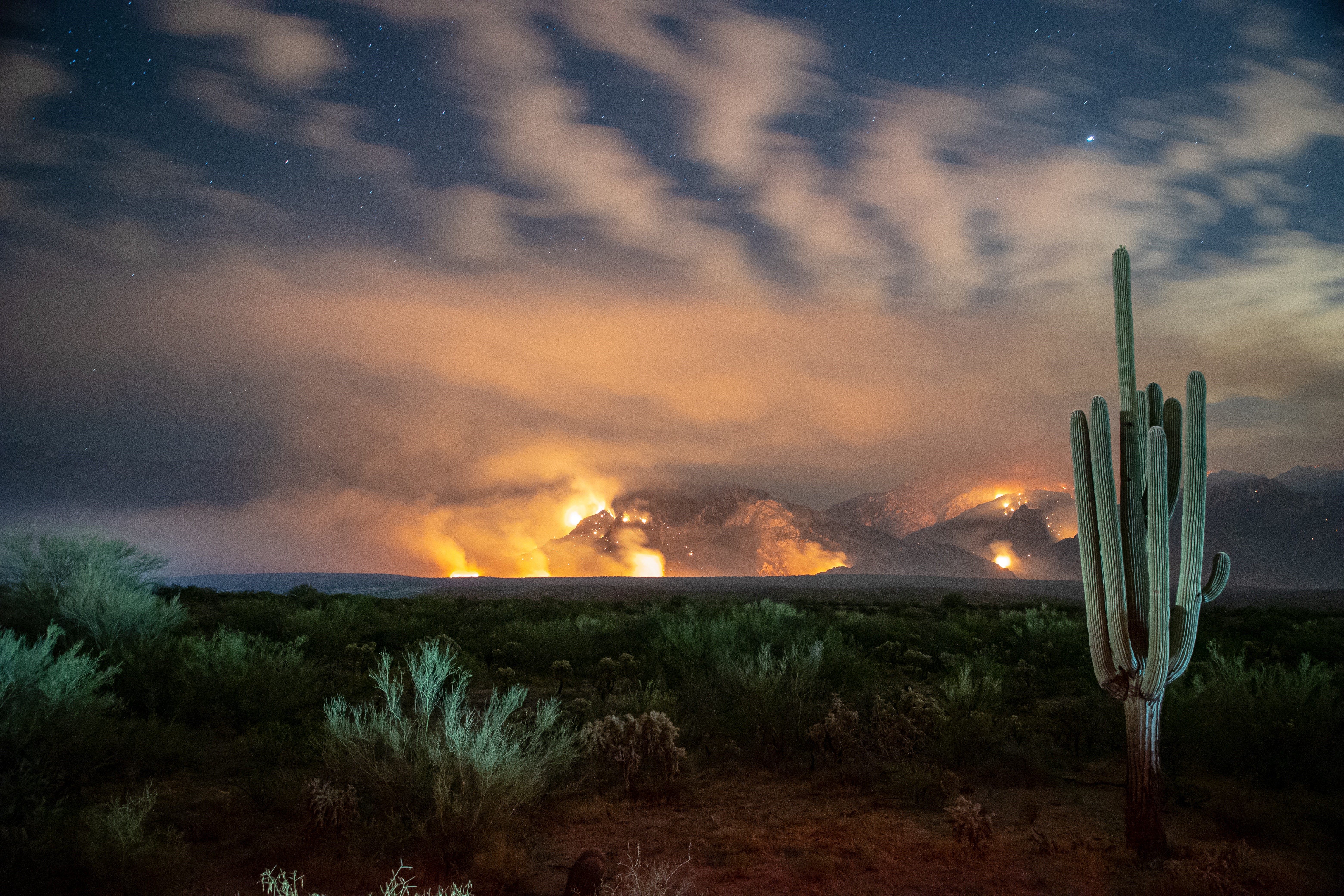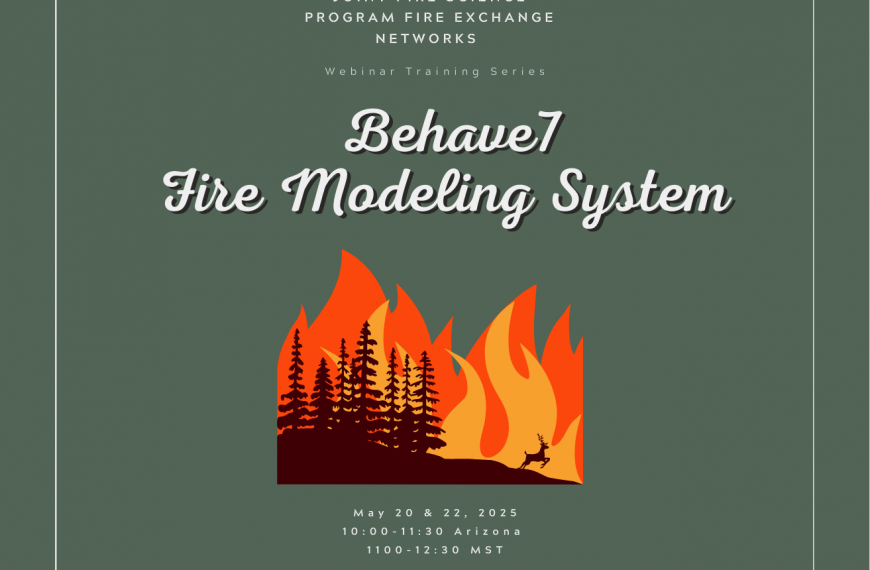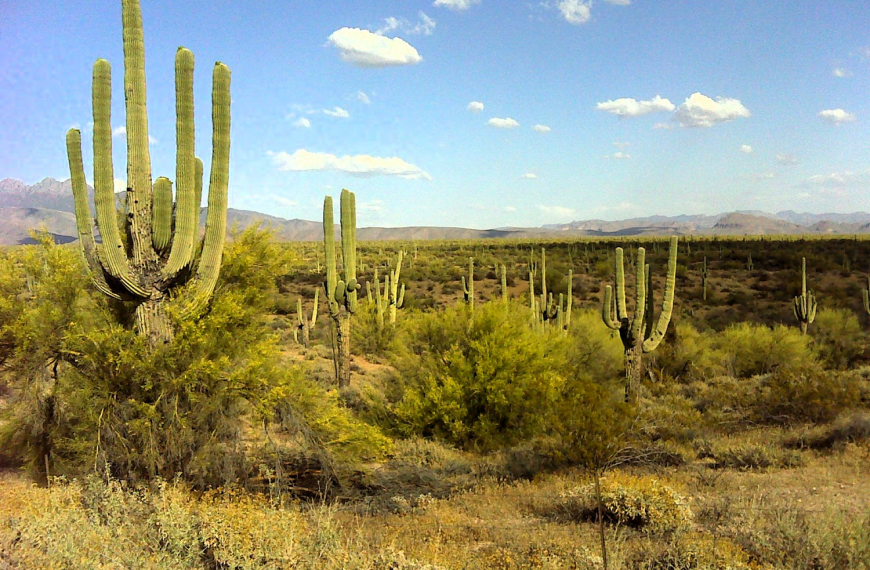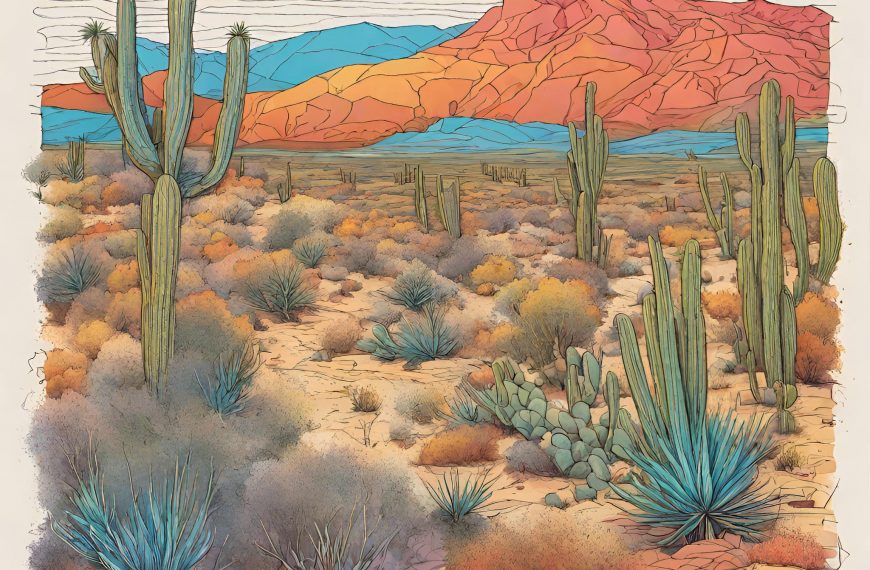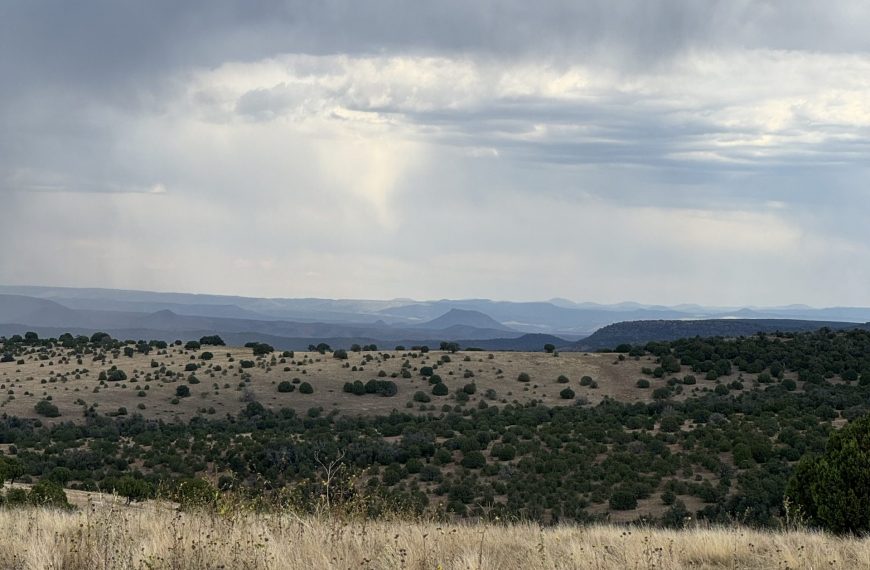IN A NUTSHELL: In the second webinar in a series on invasive grass-driven changes in dry desert systems, presenters will discuss their findings on the fire dynamics of the 2020 Bighorn Fire in the Sonoran Desert near Tucson, AZ to better understand the changing nature of fire in desert systems which are increasingly experiencing conversion to grasslands.
Description: In the southwestern United States, non-native grass invasions have increased wildfire occurrence in deserts and the likelihood of fire spread to and from other biomes. Wildfires were historically small and infrequent in the warm deserts of western North America, with minimal impact on the desert vegetation. In recent decades, the fire regime has shifted with the spread of non-native grasses. Fires are increasingly burning large areas in desert habitats, largely driven by grassification, the physiognomic conversion of shrublands to grassland by non-native grass invasions. This conversion is especially concentrated at the upper elevational and northern latitudinal boundaries of the Sonoran Desert, which are transition zones to adjacent fire-prone biomes.
To better understand the changing nature of fire in the desert, presenters discuss their findings on the fire dynamics of the 2020 Bighorn Fire in the Santa Catalina Mountains on the outskirts of Tucson, Arizona. This presentation is based on research published in Frontiers: https://www.frontiersin.org/articles/10.3389/fevo.2021.655561/full
Presenter: Benjamin Wilder, Next Generation Sonoran Desert Researchers; Catherine S. Jarnevich, U.S. Geological Survey, Fort Collins Science Center; Kim A. Franklin, Arizona-Sonora Desert Museum; Julio L. Betancourt, U.S. Geological Survey, Science and Decisions Center
Recorded on: September 13, 2023
Picture credit: Frankie Lopez
Resources
Article on which the presentation is based:
- Grassification and Fast-Evolving Fire Connectivity and Risk in the Sonoran Desert, USA: https://www.frontiersin.org/articles/10.3389/fevo.2021.655561/full
Other supporting publications:
- Cyclical wildfire pattern as the outcome of a coupled human natural system: https://doi.org/10.1038/s41598-022-08730-y
- Fire Regimes in Desert Ecosystems: Drivers, Impacts and Changes: https://www.frontiersin.org/research-topics/11815/fire-regimes-in-desert-ecosystems-drivers-impacts-and-changes#articles
- Trends in fire occurrence in the Arizona upland subdivision of the Sonoran Desert, 1955 to 1983: https://doi.org/10.2307/3672211
- Assessing ecological uncertainty and simulation model sensitivity to evaluate an invasive plant species’ potential impacts to the landscape: https://doi.org/10.1038/s41598-020-75325-w
- Developing an expert elicited simulation model to evaluate invasive species and fire management alternatives: https://doi.org/10.1002/ecs2.2730
- Energy flow and the ‘grassification’ of desert shrublands: https://doi.org/10.1073/pnas.1512078112
- Energy flow and functional compensation in Great Basin small mammals under natural and anthropogenic environmental change: https://doi.org/10.1073/pnas.1424315112
- Invasive grasses increase fire occurrence and frequency across US ecoregions: https://doi.org/10.1073/pnas.1908253116
Videos:
- Buffelgrass Invasion: https://www.youtube.com/watch?v=nQtIVzSrqZY
- Buffelgrass: Southern Arizona Fights Back: https://www.youtube.com/watch?v=zBi354Q4RuE
This webinar is co-hosted by the Arizona Wildfire Initiative.
Register for all our webinars and get the zoom link delivered automatically to your inbox each month! You can also unsubscribe at this link. REGISTER FOR ALL WEBINARS HERE.

